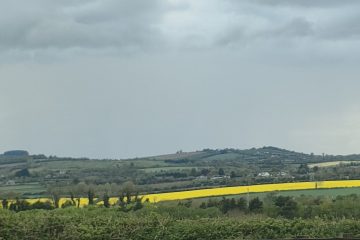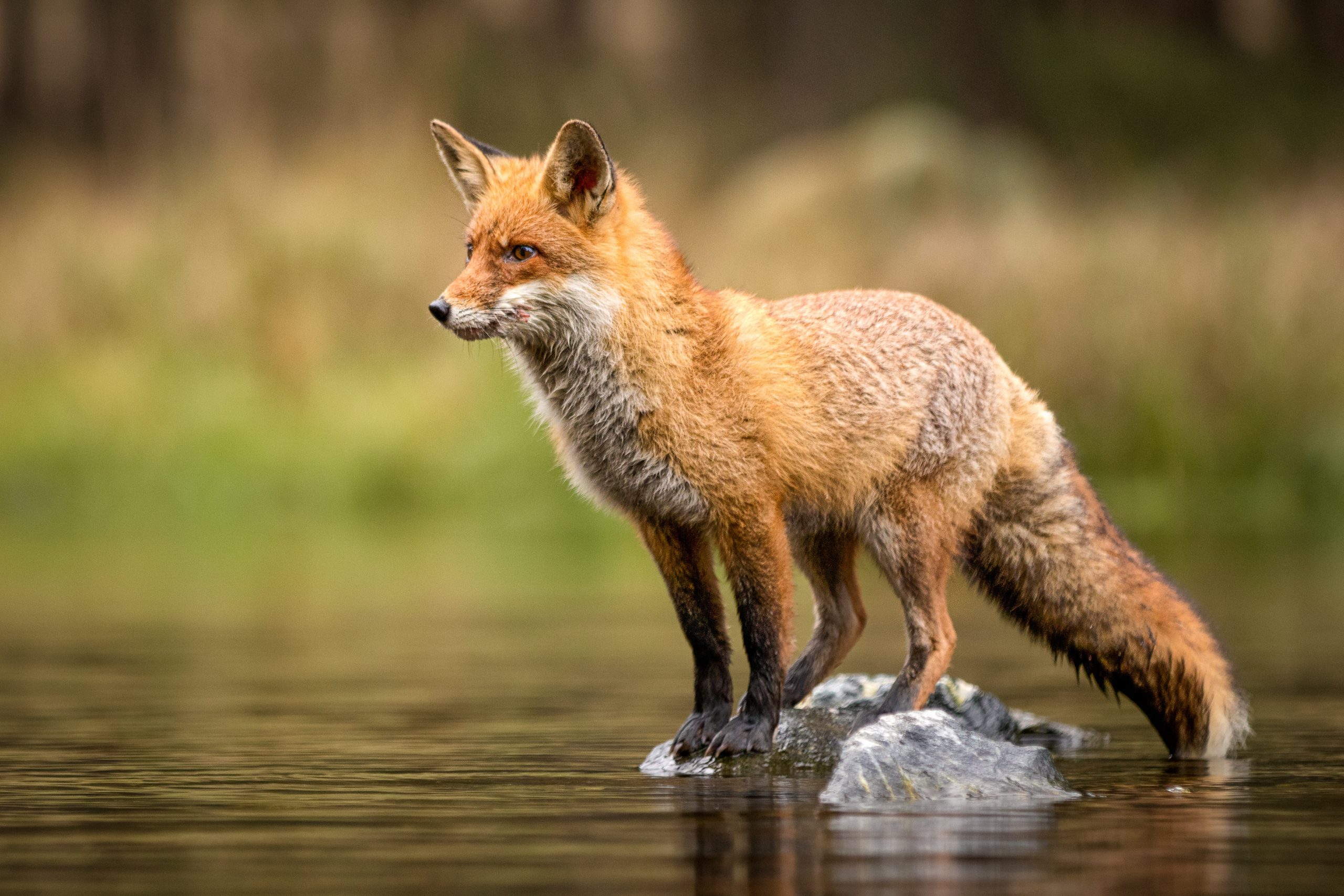Biodiversity Spotlight: “the most beautiful melodic warble” of the lesser horseshoe bat

1 February 2022
If you’re going to catch the sound of the lesser horseshoe bat, you’re going to need both a bat detector and chance on your side.
“If you’re lucky enough to be in an area where there are some horseshoes, close to one of their roosting sites, there at dusk and you’ve got the detector directed in the right place – it comes across on the bat detector as the most beautiful melodic warble,” said Dr Kate McAney, Head of Conservation Development at the Vincent Wildlife Trust.
“Once heard, never forgotten. Nothing else in this country produces an audible sound like that, she added.
The lesser horseshoe bat is only found in six counties on the west coast of Ireland — Clare, Cork, Galway, Kerry, Limerick, and Mayo.
They’re the only bat in Ireland with such a low area of distribution, which Dr McAney attributes to lower number of big cities in the west, the mild climate, and the specialised habitat the bats require.
“They prefer to be in broad leaf woodland, and they seek out old, unoccupied buildings. That’s another feature that sets them apart from the other bats that share our homes with us. They really do avoid human activity,” she told The Green News.
Unlike other species of bat, the lesser horseshoe can’t crawl. Instead, they have to fly directly into a structure where they then can hang upside down.
They are also considered some of the most photophobic bats in Ireland, meaning that they are averse to light and are therefore less common in larger cities.
“You would find gaps in their distribution, and you can in some cases tie that in with urban areas,” said Dr McAney.
What makes this species unique is its echolocation. Unlike other species which use their mouth to produce the frequencies, the lesser horseshoe uses its nose.
“With horseshoe bats, they’ll fly along and they will be emitting very precise, ultrasonic signals through their nostrils. They can direct the signal by twitching these different parts of what we call the nose leaf.
“There are three parts to it – and they can twitch these little cartilaginous folds in their face to direct the signal,” said Dr McAney.
These folds form a horseshoe shape on the bats nose, and it is what gives the species its name.
The lesser horseshoe bat is not particularly picky when it comes to diet, eating insects that can be found in its habitat. However, their choosiness in other areas makes the species a conservation concern.
There are only an estimated 13,000 lesser horseshoe bats in Ireland according to Dr McAney, and their numbers have been holding steady since the first recording of the species in the 1970. But there are concerns for the future of the species.
Increase in road infrastructure, habitat loss, and disturbance to roosts are some of the major concerns for the horseshoe bat – as well as their low birth rate.
“They only have one young per year and don’t breed every year and there’s quite a high mortality rate in the first winter.
“They can live for quite a long time and they put a lot of effort into raising young, but they are slow reproducers. So that’s why if something happens to 30 or 40 bats during hibernation, you could be wiping out great-grandmothers, grandmothers, mothers of that year.
“You can have quite catastrophic events, which could wipe out entire generations overnight, so they’re very vulnerable,” said Dr McAney.
The climate crisis also presents a risk to the bats, mainly due to where they roost and the Vincent Wildlife Trust is actively working to climate-proof their 12 maternity sites.
“We’re doing an audit to all of our buildings to see how we can make those buildings suitable for the bats, regardless of what the climate throws out them.
In a really hot summer, we want to make sure that they can leave the attic space where the heat could be just too hot for them, and we would provide them with suitable protected slightly cooler roosting sites on the ground,” Dr McAney told The Green News.
If you come across a lesser horseshoe bat roost, the best way to help them is to not disturb then and work with local groups to protect the species, according to Dr McAney.
“If a community knows of lesser horseshoes they would maybe be able to team up with other partners, and do what they can to either raise funding to protect a structure, or improve the habitat for the species,” she said.
By Tiffany Greenwaldt-Simon







